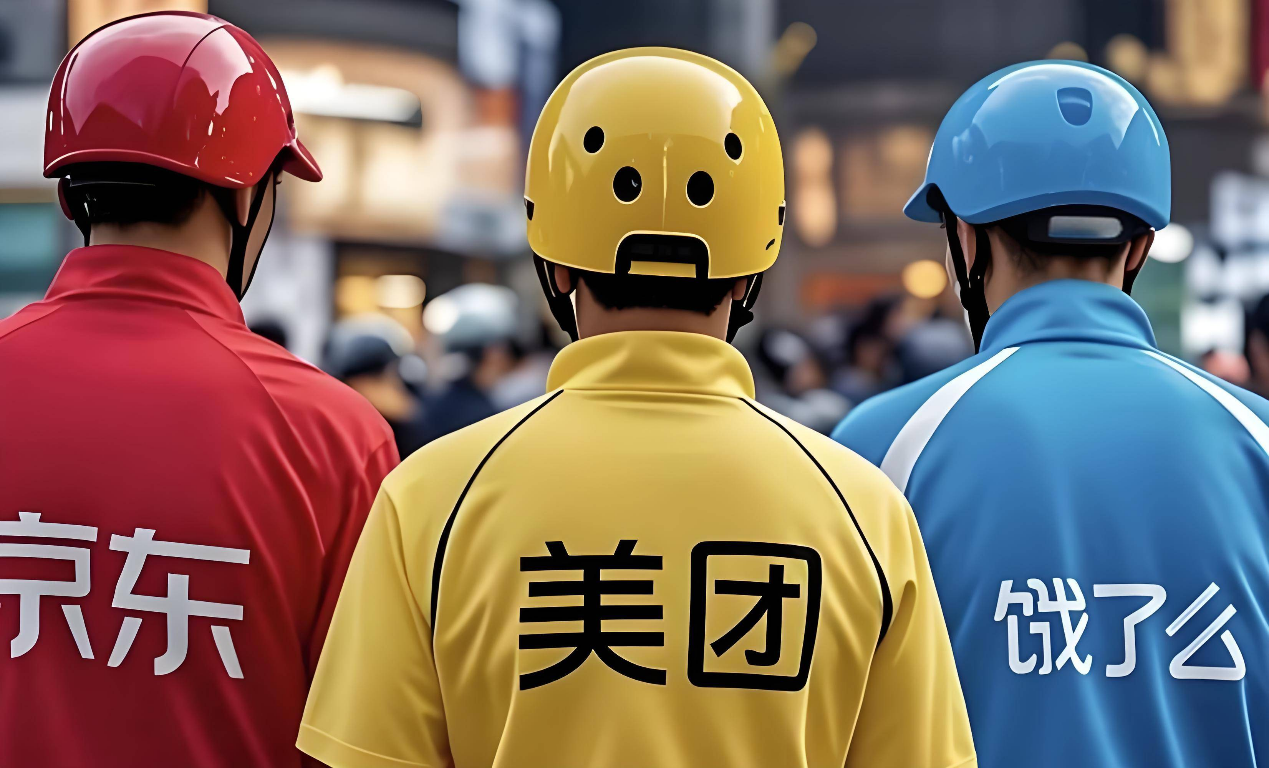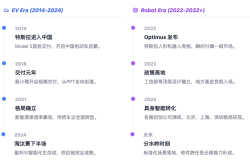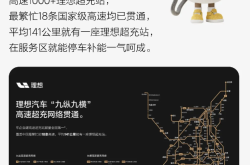Alibaba, JD.com, and Meituan's Instant Retail War: Navigating Brand Ownership from Reactivity to Proactivity
![]() 07/17 2025
07/17 2025
![]() 634
634

Produced by | He Xi
Typeset by | Ye Yuan
Beyond Complaints: Brand Owners' Strategies in the Instant Retail War
Recently, Meituan announced a daily food delivery order volume exceeding 120 million, with Alibaba and JD.com hot on its heels. The "billion subsidy" war among these giants has pushed the food delivery market to its boiling point. Amidst the platforms' celebration of new order highs and consumers' delight in "eating delivery for just one cent," Liu Jingjing, founder of Jiayihepin, issued a lengthy "denunciation," revealing the harsh realities of business competition.
01
Liu Jingjing's Critique of Platform Subsidies
On July 14, Liu Jingjing, founder of Jiayihepin, published a scathing post criticizing the adverse effects of the current food delivery platforms' subsidy war on physical restaurant businesses. Liu Jingjing noted that while food delivery platforms have increased order volumes, they have also trapped businesses in a dilemma: "no traffic without participation, but loss-making with participation."
Liu Jingjing cited order data showing that for a customer payment of 42.9 yuan, the platform subsidized 14.99 yuan, while the merchant had to bear a subsidy cost of 27.9 yuan, leaving a final account balance of only 0.01 yuan. "This is not a promotion; it's outright robbery!" She bluntly stated that platforms use traffic hegemony to "kidnap" merchants – those who do not participate in subsidies see their stores "buried" by algorithms, while those who do fall into a vicious cycle of "losing money on every order." Even more absurdly, big data-driven precision marketing of "buy now, pay later" and "no-threshold coupons" forcibly diverts dine-in customers to delivery, turning "restaurants into mere assembly lines for platforms, and forcing them to shoot themselves in the foot."
Liu Jingjing emphasized that dine-in restaurants are currently facing three critical challenges: reduced customer flow due to official restrictions on alcohol consumption, a loss of consumers to group-buying live streams, and the daily diversion of 200-300 million customers to delivery platforms. Despite these challenges, restaurant costs remain unchanged – ingredients, rent, labor, energy, taxes, and fees, plus high service and traffic fees from platforms, making dine-in an unappealing option. When customers become accustomed to delivery coupons such as "21 yuan off on orders over 25 yuan" and "buy now, pay later," who would still choose to dine in? In the long run, millions of merchants will be reduced to "central kitchens" for delivery platforms, becoming expendable "bullets" in the giants' scuffle.
Liu Jingjing also pointed out that the cost of this mad game extends far beyond the closure of businesses. The national catering industry supports the employment of tens of millions of people. When restaurants close, millions may be forced to turn to gig jobs such as food delivery riders and couriers. However, data from the Meituan Research Institute shows that among the 7.45 million riders, only 11%, or about 820,000, receive orders for more than 260 days a year. Many more work sporadically, without social security or stable income, merely "trading health for tomorrow" as disposable labor. Platforms tout "solving employment" but in reality, they turn restaurant employees with guaranteed benefits into helpless "stragglers."
Even more worrying is the hidden danger to food safety. When quality restaurants with principles close due to their inability to withstand low-price competition, only those who cut corners to reduce costs will remain. The few dollars consumers save today will eventually become risks on tomorrow's dining table. When customers become accustomed to "eating below cost," there are only two paths ahead: either cut corners to maintain profits or close down entirely.
At the end of her post, Liu Jingjing made four demands: 1) Ban platforms from forcing merchants to participate in subsidies and stop low-price dumping; 2) Reduce commissions and traffic fees to give merchants a "breather"; 3) Provide multi-mode insurance and welfare benefits for full-time or freelance riders to end their "naked running" status; 4) Restore rational market competition, or else "bad money will drive out good, and eventually, consumers won't even have clean delivery to eat."
Liu Jingjing's outcry highlights that catering is not just a business but a social foundation related to people's livelihood and well-being. Protecting the sustainable development of this industry is safeguarding the "safety on Chinese people's tongues."
02
The Unstoppable Force of Instant Retail War
Liu Jingjing's denunciation resonated with catering professionals and revealed the enormous impact of the food delivery subsidy war on restaurant businesses. However, realistically speaking, Liu Jingjing's denunciation cannot stop the instant retail war. This war is not only a strategic layout by giants but also the result of the combined effects of consumer habits, supply chain transformation, and capital logic.
On the giant side, the core strategies of the three major platforms – Meituan, Alibaba, and JD.com – have shifted from pure food delivery and e-commerce to "instant retail" – i.e., "everything delivered to your doorstep." Meituan Flash leverages its food delivery network, Taobao Flash integrates Ele.me + Hema + Tmall Supermarket, and JD.com relies on its self-operated logistics + Dada Now to seize market share. Their ultimate goal is to get consumers accustomed to "online instant consumption," thereby controlling the traffic entrance for future retail.
Regarding user consumption habits, a decade of food delivery has trained users to expect "delivery in 30 minutes." Today, this mindset has seamlessly transferred to milk tea, coffee, medicine, 3C products, beauty products, and even mother and baby products and pet food. Meituan Flash's non-catering orders have exceeded 20 million per day; Taobao Flash directly connects Tmall flagship stores with offline warehouses to "near-fieldize" far-field e-commerce; and JD.com's "instant delivery warehouses" use a combination of forward warehouses + self-operated riders to tap into high-value categories such as fresh produce and 3C products. High-frequency rigid demand + low fulfillment costs make instant retail a perpetual motion machine for traffic, and no one is willing to let go.
Furthermore, consumers have long been accustomed to the "delivery mindset" – not only fast but also cheap. Platforms are well-aware of this and use subsidies such as "21 yuan off on orders over 25 yuan" and "free delivery" to cultivate user habits. When "eating delivery for just one cent" becomes possible, consumers naturally no longer want to pay for the "slow delivery" of dine-in or traditional e-commerce.
On the supply chain side, JD.com uses 800 "instant delivery warehouses" to move 3C inventory within 3 kilometers of consumers. Meituan Flash connects 3 million convenience stores and supermarkets, making shared forward warehouses + dynamic stocking the mainstream. As a result, what used to take 30 days for traditional e-commerce now only takes 3 days. Platforms have completely different SKU strategies, with long-tail products placed upfront and popular products sink. On the production side, catering brands are forced to launch small, pre-packaged "delivery-only" options.
Liu Jingjing's anger stems from merchants being "kidnapped," but the reality is that users do not care about the cost distribution behind subsidies – they only care about "whether it's cheap."
Regarding Liu Jingjing's calls – no mandatory subsidies, no low-price dumping, no quality reduction, social security for riders – these seem powerless in the face of business logic. On the one hand, without subsidies, it is impossible to educate the market, and giants are unlikely to cease hostilities voluntarily. On the other hand, merchants have limited room to "vote with their feet" – not participating in activities equals no traffic equals elimination, so small and medium-sized merchants can only compromise. What's more difficult is that in the face of the instant retail war, regulation is difficult to implement as a "one-size-fits-all" solution. In the past, the "nine nos" policy for community group buying restricted low-price dumping, but subsidies in instant retail are more concealed, making regulation more challenging.
Liu Jingjing's outcry represents the plight of traditional merchants, but the rules of the business world are determined by capital and user demand. The instant retail war cannot be stopped because it aligns with the consumer trend of "faster and cheaper." When platforms use subsidies to reconstruct the "people, goods, and places," merchants, platforms, riders, and users all play predefined roles in this system, and the pain of some merchants is merely a "necessary sacrifice" for system upgrades.
03
From Reactive to Proactive: Brand Owners' Strategies in the Instant Retail War
Brand owners cannot stop the instant retail war; this is a reality. "Faster" retail is on its way; this is a trend.
While "faster" retail is the future, its realization will take a process. Based on my observations, before truly achieving "15-30 minutes" instant gratification of user needs, platforms will first integrate content businesses, strengthen synergy among various businesses, and strive to transform the platform into a "super APP" that fully meets user needs, integrating eating, drinking, and entertainment. Next, platforms will further optimize and upgrade platform supply, fulfillment, and services to maximize the satisfaction of users' "instant needs."
In this transformation, brand owners who merely complain about platform exploitation and rising costs will eventually be eliminated. Only by proactively adjusting strategies, actively responding to changes, and conforming to trends, can they take the initiative in future competition.
However, brand owners must understand that unlike the traditional retail logic of "people finding goods," instant retail is "goods finding people" – products are matched with demand at the fastest speed based on geographical location and consumption habits. Therefore, brand owners can no longer rely on traditional channel thinking but need to reconstruct their strategies from three dimensions: platform rules, user needs, scenario adaptation, and supply chain optimization.
So, what should brand owners do in the era of instant retail? Here are a few simple suggestions:
Firstly, study platform rules and optimize traffic acquisition. The algorithmic logic of instant retail platforms differs from that of traditional e-commerce, requiring brand product titles and keywords to align with localized instant needs (e.g., "30-minute delivery," "emergency backup"). Reasonably participate in activities such as buy-one-get-one-free and flash sales but avoid blind subsidies leading to losses.
Secondly, use data-driven product selection to adjust SKUs by analyzing platform bestseller lists and prioritize the promotion of high-turnover products. For example, a beverage brand noticed a surge in platform searches for "afternoon iced drinks," so it adjusted its product images to highlight "chilled" and "instant thirst quenching," resulting in a 40% sales increase.
Thirdly, gain insight into consumption scenarios and create "instant need" product combinations. The core of instant retail is "scenario triggering," requiring brands to design product combinations tailored to different needs. For example, emergency needs (such as medicine, batteries, umbrellas) emphasize "fast delivery." Instant enjoyment (such as ice cream, coffee, late-night snacks) highlights "freshness" and "ready-to-eat." Lazy economy (such as semi-finished meals, cleaning supplies) focuses on "no need to go out" and "one-click solution." For instance, a fast food brand launched a "one-person hot pot + 30-minute delivery" combination, targeting overtime workers' late-night snack scenarios, becoming a top-selling convenience item on a certain platform.
Fourthly, optimize the supply chain to achieve "near-field instant fulfillment." Traditional brands rely on the "factory → large warehouse → distributor" model, but instant retail requires: 1) Regionalized warehousing: Set up forward warehouses in core cities to ensure 30-minute coverage; 2) Dynamic inventory management: Predict demand based on platform data to avoid stockouts or overstocking; 3) Collaborate with local retailers: Convenience stores and community stores can serve as brands' "forward inventory points." For example, a dairy brand partnered with local convenience store chains to sink fresh milk inventory to communities, resulting in a 60% increase in platform order volume.
Lastly, build a brand's "instant mindset" and capture user perception. In the era of instant retail, brands need to create a conditioned reflex in consumers to "buy it for instant satisfaction." For example, a snack brand teamed up with Meituan to launch a "work overtime emergency kit" campaign, featuring "late-night snacks delivered in 30 minutes," successfully penetrating the urban white-collar market.
The instant retail war is the ultimate competition in business efficiency. If brand owners merely adapt passively, they will eventually become platform "vassals." Only by proactively studying rules, gaining insight into scenarios, optimizing supply chains, and establishing instant brand recognition can they take the initiative in future competition and achieve sustainable development. There is no turning back from this transformation; only those who actively respond will become the winners of the new era.







